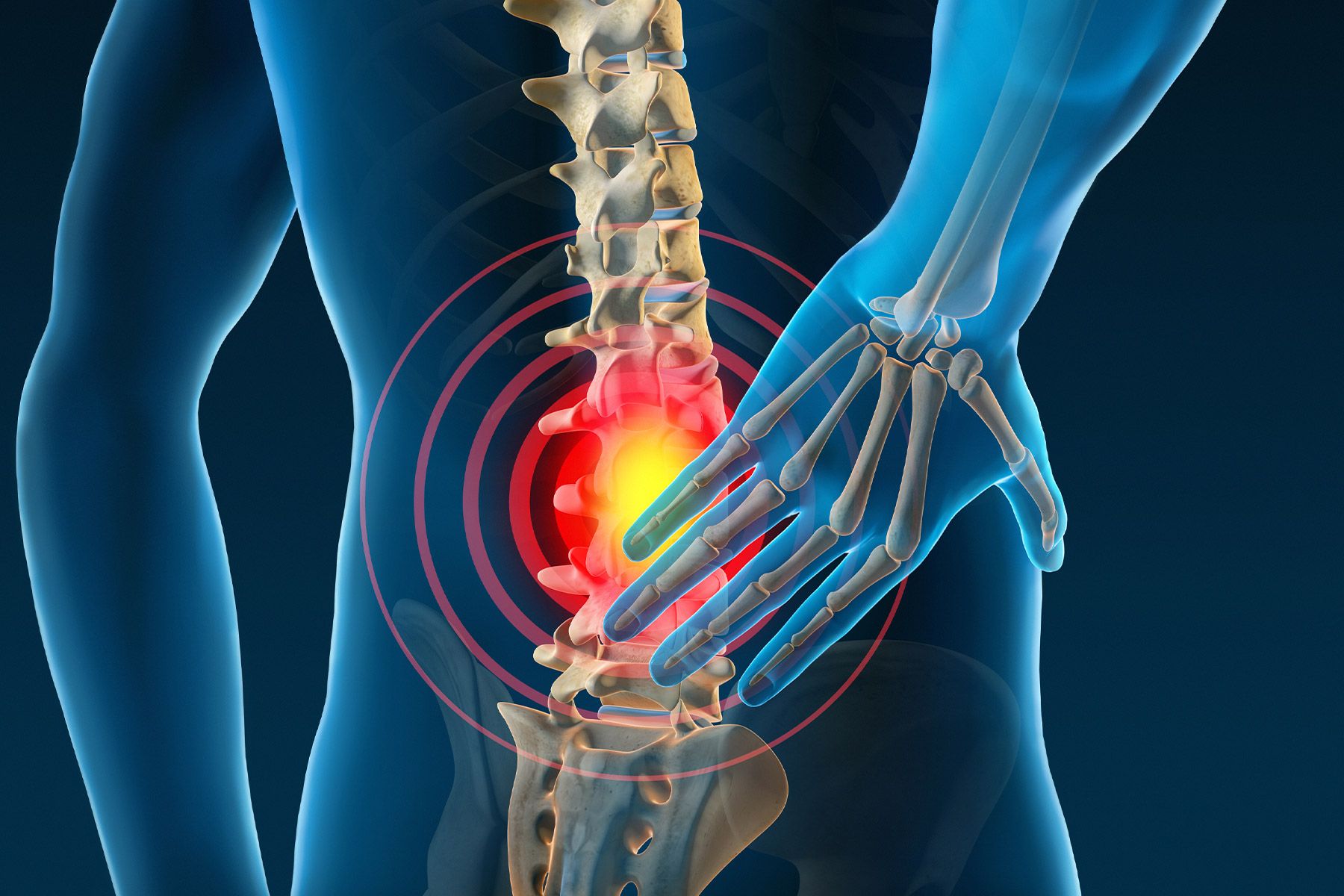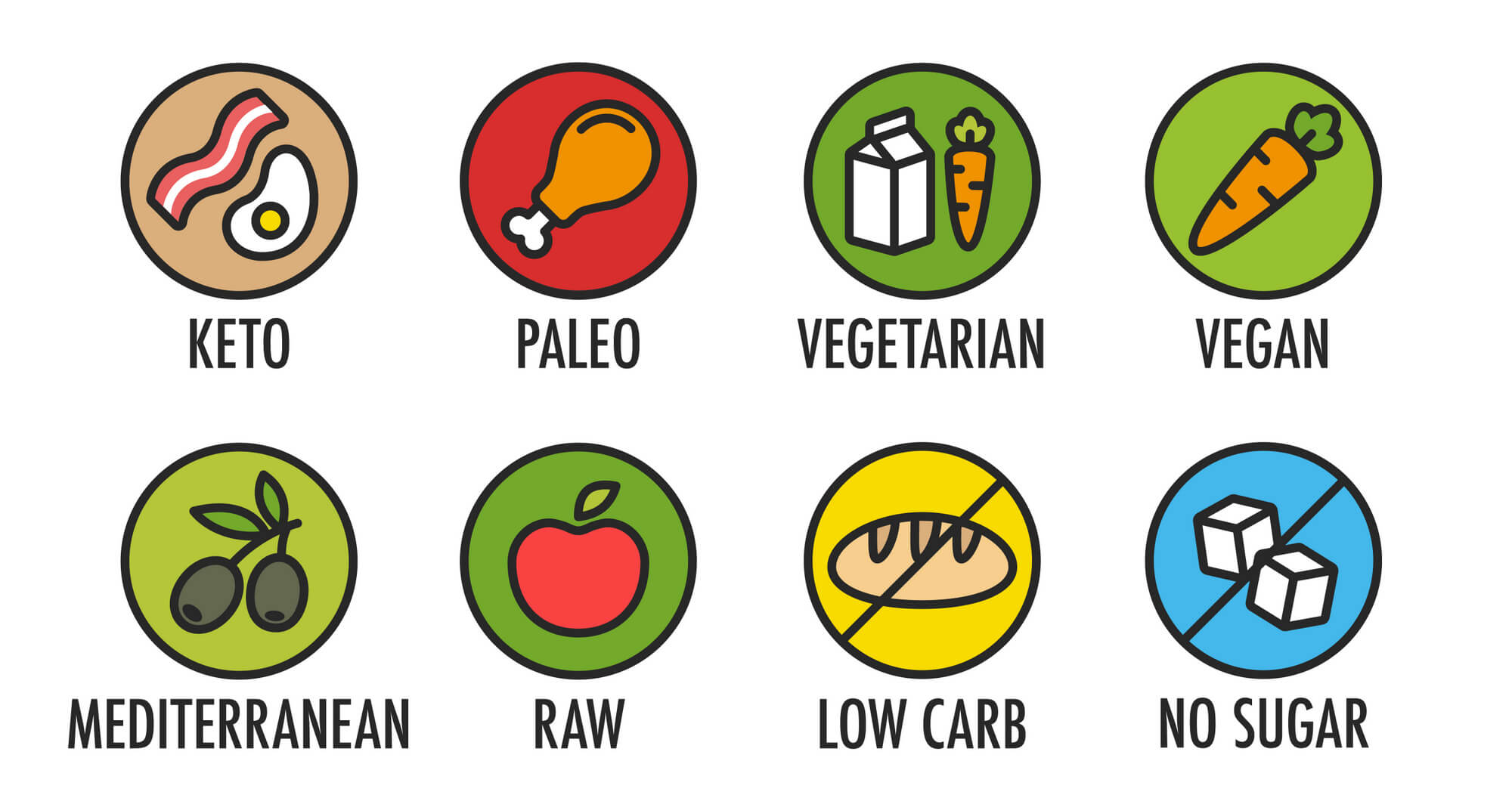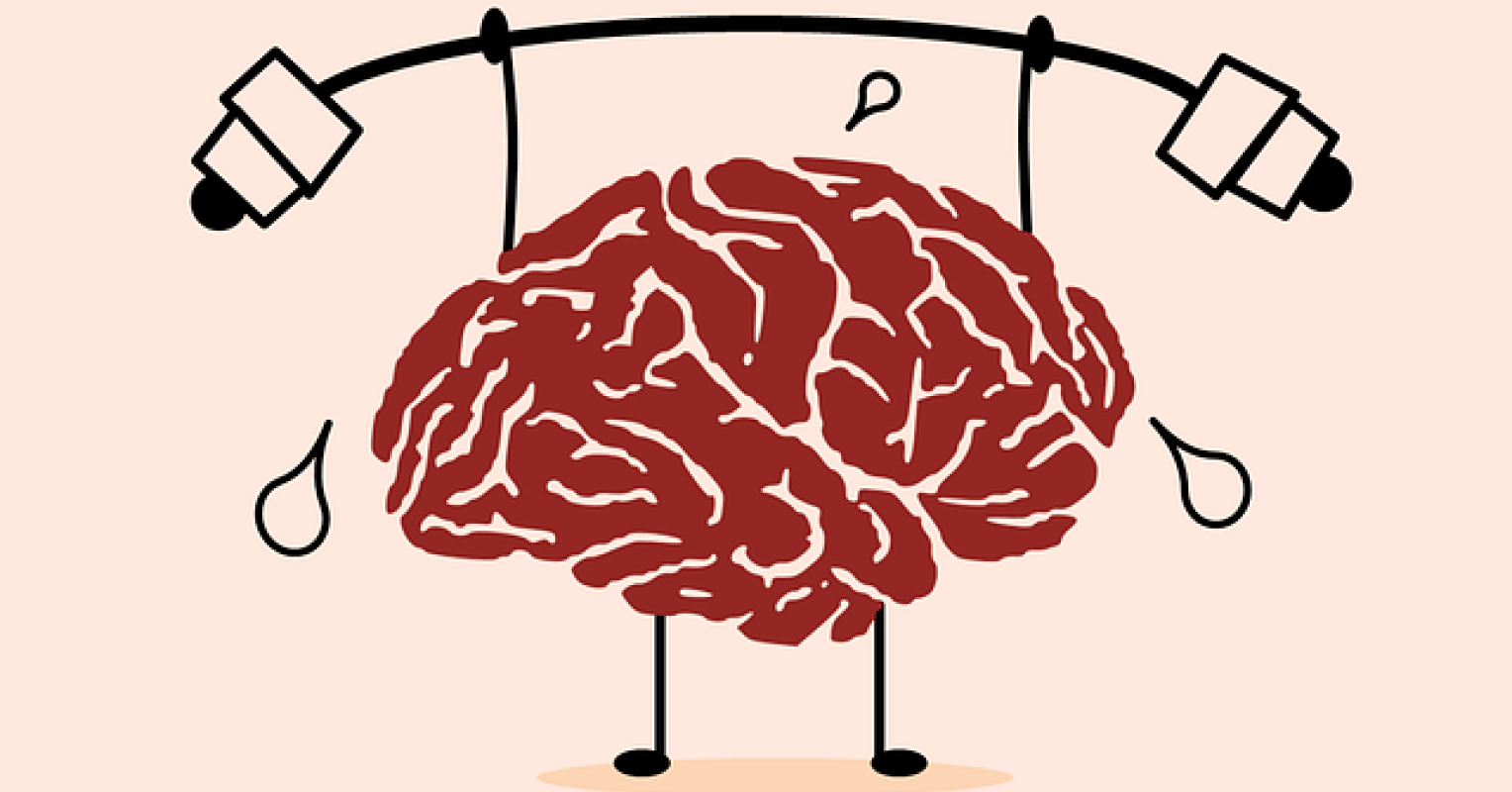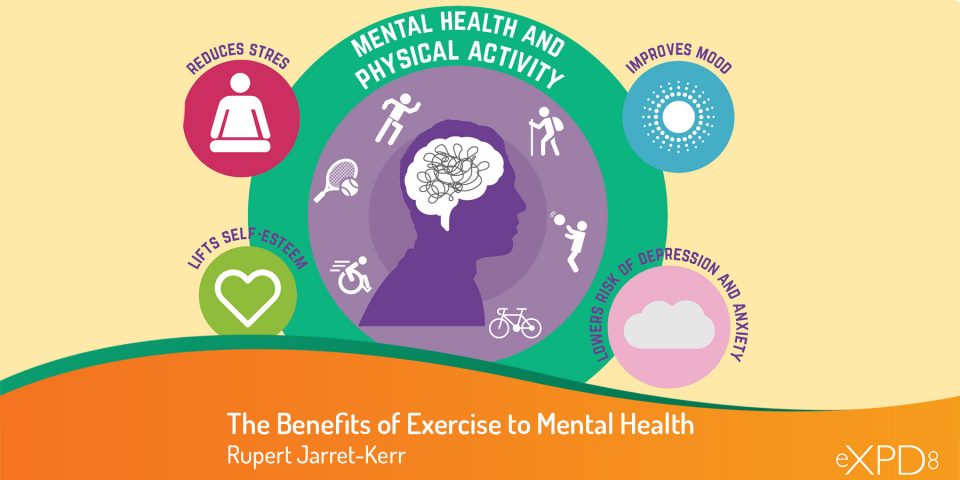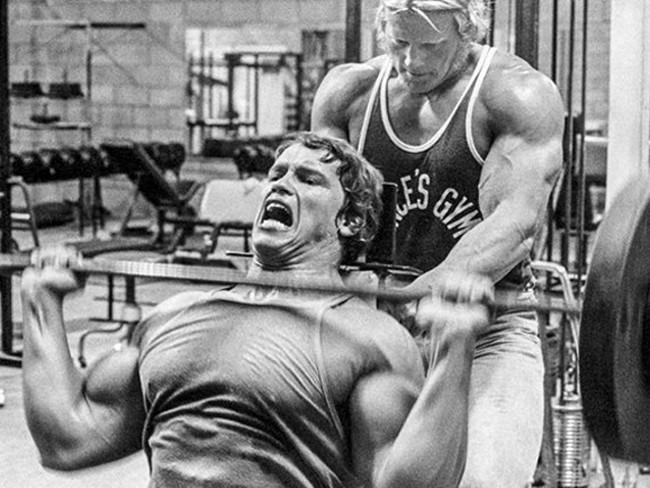Hydration is a key ingredient to healthy living that many people know about, but not many practice. Those signs hanging in the middle school gym locker room about drinking a certain number of 8-ounce glasses of water per day did little to influence kids, and that presents itself as a health issue due to the negative hydration habits that subsequently form. According to the New York Post, “A study of 2,000 people from the US found just 22 percent drink the USDA recommended eight to 10 glasses a day” (nypost.com). This is significant because it shows how widespread the under-hydration epidemic is.
So what are the effects of not hydrating? Well, mild dehydration makes you moody and tired (webmd.com). While these effects are not that bad, they still are a hindrance to daily activities and make you feel less than 100%. However, stronger symptoms appear with more severe dehydration. You can feel dizzy, nauseous, have an increased heart rate, and even pass out (webmd.com). These symptoms are scary and they also significantly affect daily life.
But what can be done to prevent this? Given the fact that most people are already dehydrated by the time they feel thirsty, it can be difficult to tell when you need to drink water (webmd.com). The middle school recommendation is great to form a habit of drinking enough water throughout the day, and that is key. Form a habit.
I know many people, including myself, often make attempts to drink excess water to stay hydrated, but after a few days forget about the newfound goal. However, if you can form a habit, you are far more likely to remain hydrated and drink your daily water quota. This has been one of my health goals for around 2 years, including many unsuccessful attempts.
Hydration ties greatly into exercise because both influence health. I have noticed that I don’t exercise well when I am dehydrated, so dehydration makes me feel worse, hurting how I exercise, and thus, hurting my overall health. My new strategy, however, has been to drink multiple bottles of water at the gym, taking a sip between each set. Interestingly, I notice a boost in energy after each water break, giving me a noticeably greater amount of strength compared to when I do not drink water between sets. This proves, to me at least, hydration’s benefits to exercise.
Overall, everyone should strive to remain hydrated. Whether that means carrying a bottle in your backpack or having a timer on your phone to remind you to drink, any small contribution to hydration helps.



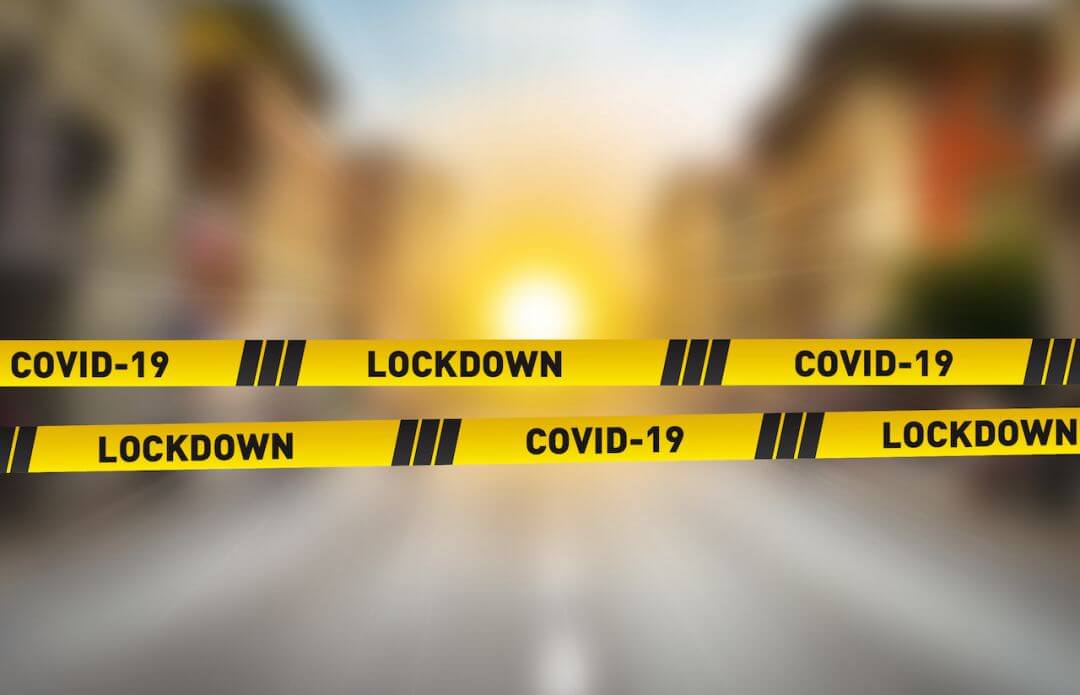


/how-sleep-affects-mental-health-4783067_V2-2ce9483affb34f50bf7406c013767f11.gif)




